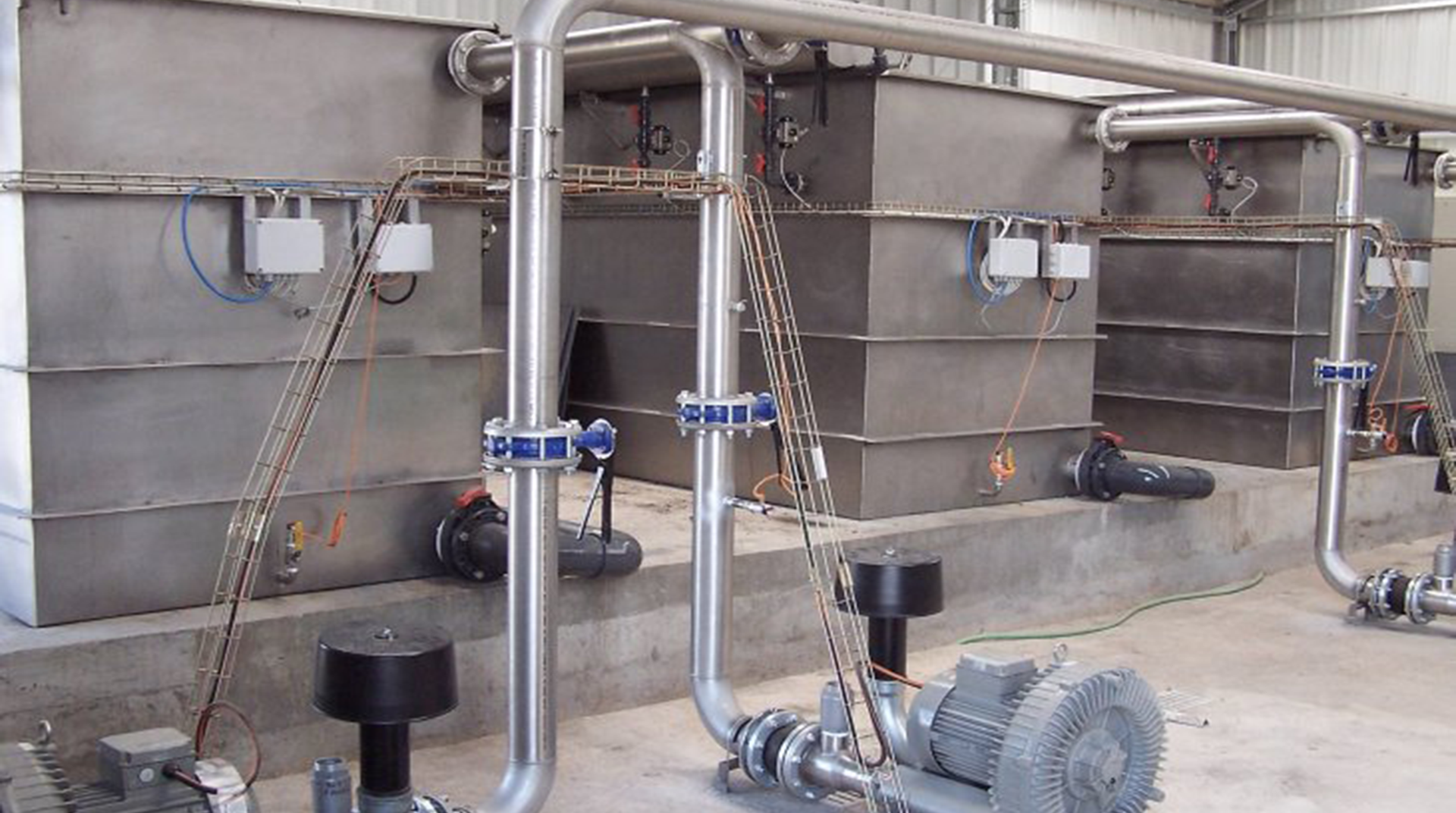Gray Water Recovery
Gray water is removed from the shower, bathtub, sinks, etc., other than septic waste. It is the name given to collected domestic waste water. Recycled gray water, which is not of drinking water quality, can reduce our drinking water consumption rate by half. Compared to other systems, the treatment of gray water is faster and in a shorter time and is less costly. The quality of the purified water obtained is also much more hygienic. Using treated gray water as utility water contributes to the protection of water resources and positively affects the water balance in nature.
Gray water includes all wastewater other than toilet water, it is the lowest pollution flow among the wastewater types and contains the least pollutants. The main sources of this water, which covers practically all domestic waste water streams except for toilet water, are kitchen waste water, bathroom, sink and various washing water. With a 75% share, the gray water, which constitutes the largest percentage of domestic wastewater by volume, is unlikely to contain pathogens, and it is not very rich in nutrients. Nitrogen pollution effect, which is also included in waste water, is the most serious and the most difficult to clean from drinking water. 90% of nitrogen in waste water comes from black water, and gray water contains much less nitrogen than black water. Therefore, gray water separates more easily than black water and is cleaned in a shorter time. Septic wastes are the most common source of pathogenic microbe suitable for hygienic conditions. Gray water contains much less pathogenic microbes compared to black water, which makes treatment easier. It is also rich in organic matter, and it is envisaged that this group of pollutants are recycled to the water cycle after removal.
Gray water recovery is the treatment of the least polluted part of domestic wastewater, namely the water coming from the shower, sink and bathtub, for reuse. In some special cases, water discharged from the washing machine and kitchen can be included in the scope of gray water and recycled. Gray water has the largest proportion of domestic waste water. Generally, 50-70% of domestic waste water is gray water.

